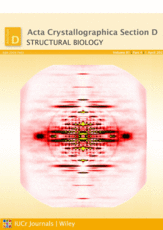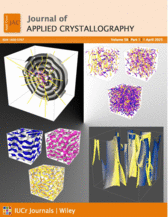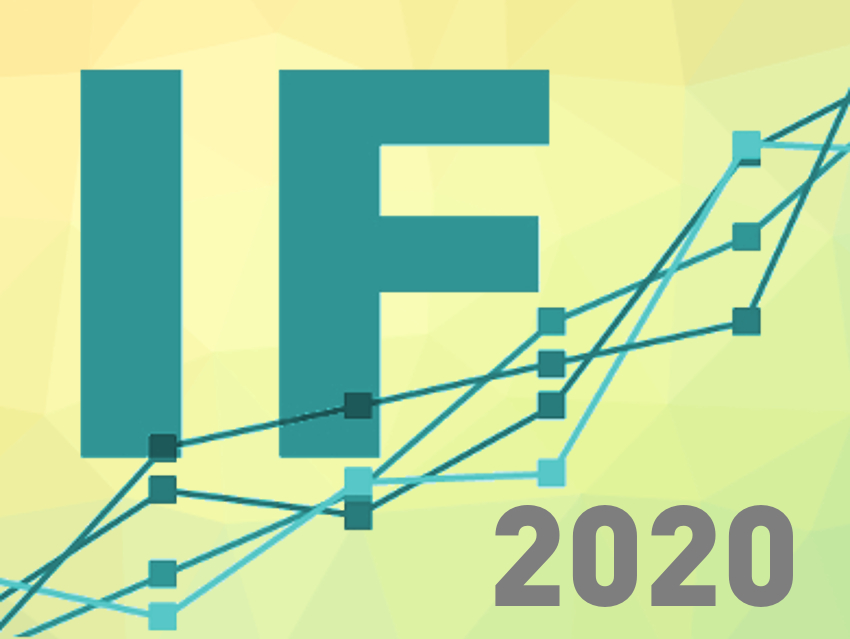The newest results in the Journal Citation Report (JCR) by Clarivate Analytics for selected chemistry journals are given below.
View impact factors by category or see selected journal highlights.
Journal Impact Factors
Click the links below to see a list of impact factors by category
 |
 |
||
 |
|||
 |
|||
 |
 |
||
 |
Some Journal Highlights
The new impact factor of 15.336 for Angewandte Chemie – The Inclusive Home of Excellent Chemistry, means that the German Chemical Society’s flagship journal has reached a new milestone on its continued upward trajectory, passing the 15 mark for the first time in its history.
Biopolymers sees its impact factor increase by 35 %, reaching more than 2.5—the highest since 2012. With its interdisciplinary scope, the journal bridges the gap between naturally occurring and synthetic biological macromolecules, bringing together chemical biology, chemistry, materials science, and biophysics.
Drug Development Research sees its impact factor increase by a phenomenal 129 %, increasing from below 2 to 4.36. The journal covers all areas within drug development, from target identification and validation and structure-activity relationship studies, through to post-market clinical reports.
International Journal of Quantum Chemistry (IJQC)
The impact factor increased by 40 % to 2.444 for IJQC, a top forum for rapidly reporting breakthroughs in the development and application of quantum mechanical concepts in chemistry, physics, biology, and materials science.
The impact factor of Israel Journal of Chemistry, the official journal of the Israel Chemical Society and forum for topical issues in all areas of chemistry, has reached an all-time high of 3.333, an increase of 44 %.
Journal of Heterocyclic Chemistry
The Journal of Heterocyclic Chemistry has reached its highest impact factor so far of 2.193, rising above 2 for the first time in the journal’s history. The journal is interested in publishing research on all aspects of heterocyclic chemistry, especially development and application of efficient synthetic methodologies and strategies for the synthesis of various heterocyclic compounds.
Medicinal Research Reviews sees its impact factor increase 39 % to 12.944. This review journal publishes timely, critical reviews and opinion-based articles on topics related to medicinal research, broadly defined, to which the authors have made significant contributions.
Molecular Informatics (MolInf)
With a 2020 impact factor of 3.353, MolInf has increased once again, to a new all-time high and first time above 3. Since its relaunch in 2010, Molecular Informatics has developed into a global leading forum for molecular aspects of bio/cheminformatics and computer-assisted molecular design.
Peptide Science has received its first impact factor—2.455—since becoming a standalone journal in 2018. Covering all aspects of peptide research, and incorporating both experimental and theoretical studies, the journal serves the interdisciplinary biochemical, biomaterials, biophysical, and biomedical research communities.
Also of Interest
- 2019 Impact Factors
- Clever Picture: Understanding Impact Factors,
ChemViews Mag. 2015.
https://doi.org/10.1002/chemv.201500046




